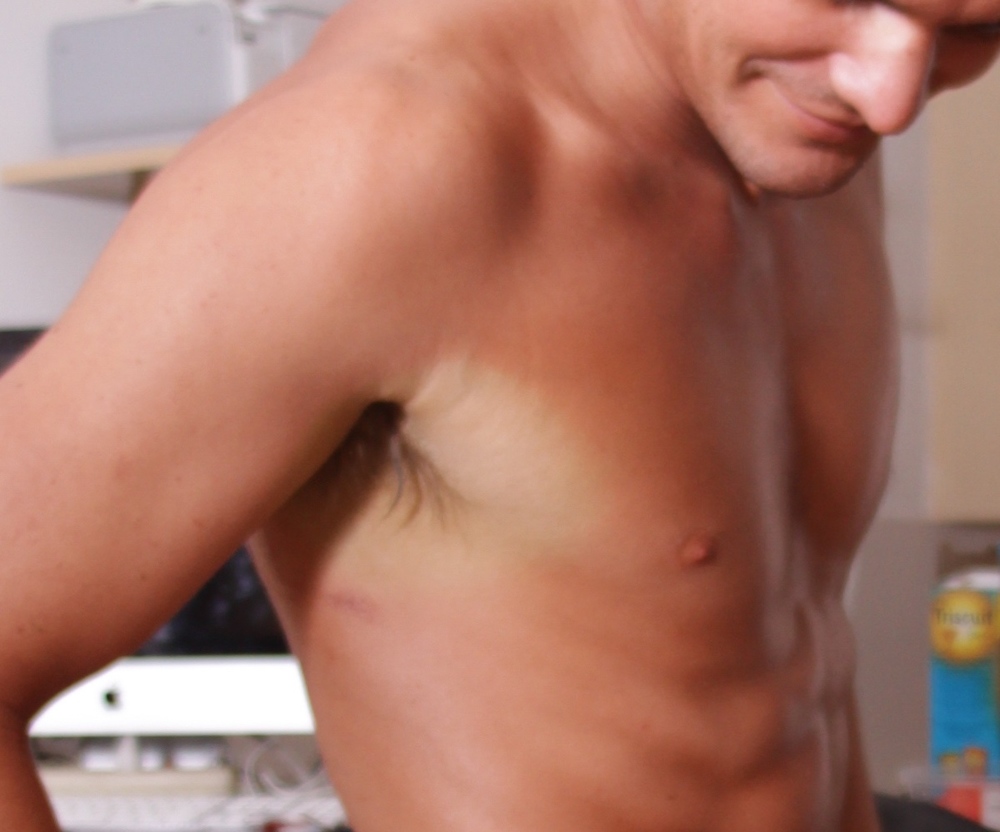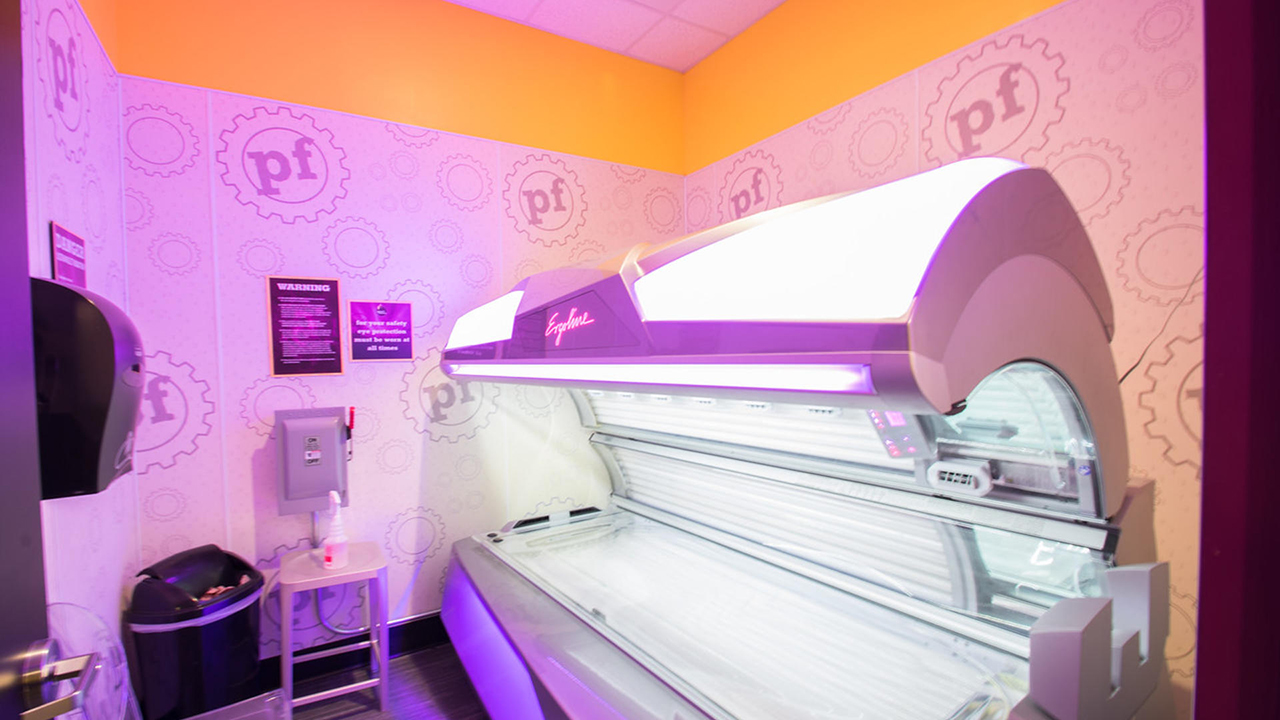Some people tan more than others because of differences in their skin’s melanin production. Melanin is a pigment that gives color to the skin, hair, and eyes. People with more melanin tend to tan easily because it helps protect their skin from the sun’s harmful UV rays.
Further, those with less melanin are more likely to burn rather than tan when exposed to the sun. Skin type, genetics, and sun exposure habits also play a role in why some people tan more effectively than others.
Let’s explore more details and knowledge about tanning. Keep Reading!
Major Causes of Easily Getting Tan

Melanin Magic:
A natural brown pigment found in the skin plays a pivotal role in tanning. The amino acid tyrosine stimulates the production of melanin, which acts as a protective shield against harmful UV rays. Darker-skinned individuals naturally produce more melanin, making them more prone to easy tanning. Melanin is synthesized by melanocytes, residing in the top layer of the skin. While it helps prevent sunburn, it doesn’t safeguard against all sun-induced damage.
Sun Power:
Exposure to ultraviolet radiation from the sun is a classic and effective way to achieve that sun-kissed glow. However, it’s crucial to note that unguarded sun exposure can harm the skin. Employing sunscreen is essential to ensure your skin remains protected during the tanning process.
Skin Type Matter:
Your skin type is a significant determinant of your tanning ability. The Fitzpatrick skin scale categorizes skin types from very pale (type I) to very dark (type VI). Pale individuals (type I) are prone to sunburn but tend to tan slowly due to limited melanin, while those with darker skin (type VI) tan more quickly and are less susceptible to burning. Individuals in the middle of the scale are more likely to exhibit noticeable tanning as their skin can darken easily owing to existing melanin. Skin type influences the extent of natural defense your skin has against the sun.
Health Conditions and Medications:
Certain health conditions and medications can make your skin more sensitive to tanning. For example, some antibiotics or birth control pills can heighten skin sensitivity to sunlight, leading to easier tanning. Medications containing substances like canthaxanthin can also contribute to this effect.
Skin Care Products:
The use of skin care products containing retinol can result in easier tanning. Retinol can make the skin more delicate and thin, rendering it more susceptible to UV rays, thus facilitating tanning. If you incorporate retinol-based products into your daytime skincare routine, it is advisable to pair them with sunscreen to shield your skin from the sun’s rays.
Diet:
Your dietary choices can also impact your tanning experience. Foods rich in beta-carotene, such as carrots, spinach, red peppers, tomatoes, cherries, melons, peaches, and apricots, stimulate melanin production, imparting a tan effect to your skin. Incorporating a variety of red and orange-hued foods into your daily diet can enhance your ability to tan.
Simple Ways to Keep Your Skin Safe from Tanning
Avoid Peak Sun Hours:
Stay away from the sun during its strongest hours, which are from 11 Am. to 4 Am. These are the times when the sun’s rays can be most harmful to your skin.
Use Shade or an Umbrella:
If you need to be outside during the sunny hours, try to stay in the shade or use an umbrella to protect yourself from the sun’s rays. This will help keep your skin safe.
Cover Up:
Wearing protective clothing is a good idea to prevent sunburn. Covering up will stop the sun’s rays from reaching your skin and causing damage.
Apply Sunscreen:
Using sunscreen is a smart way to shield your skin from harm. Put sunscreen on all exposed areas of your body before going outside, and reapply it every 3 to 4 hours. Choose a sunscreen with SPF 30+ for the best protection.
Protect Your Lips:
Don’t forget about your lips! Use a lip balm with UV protection to keep your lips soft and pink, and to prevent them from getting dark and dry.
Wear a Hat and Sunglasses:
Wearing a hat will shield your face from the sun, and UV-protected sunglasses will keep your eyes safe from harmful UV rays. Your eyes are sensitive, so it’s important to protect them.
Eat a Healthy Diet:
Foods rich in fiber, vitamins, and antioxidants, like fruits and vegetables, can help protect your skin from the inside. Think of them as your internal sunscreen.
Stay Hydrated:
Drinking plenty of water, around 15 to 20 glasses a day, will keep your body hydrated and help protect your skin from tanning.
How to Easily Get Rid of Sun Tan
If you’ve got a tan and want to remove it, don’t worry! There are some simple ways to do it:
- Honey and Lemon Juice:
- Squeeze some fresh lemon juice and add a bit of honey.
- Mix them together and apply it to your tan.
- Leave it on for 30 minutes and then wash it off with water.
- Lemon juice will help lighten the tan, and honey will bring back your skin’s glow.
- Cucumber Juice:
- Take a cucumber and get its juice.
- Use a cotton pad to apply the cucumber juice on the tanned area.
- Let it dry, and then wash it off.
- Cucumber has a cooling effect and is great for removing tan.
- Papaya and Honey:
- Combine ripe papaya pulp with honey to make a paste.
- Apply this paste on the tanned skin.
- Let it dry and then wash it off.
- Papaya contains enzymes that help lighten the tan, and honey is a soothing moisturizer.
- Potato Juice:
- Use a raw potato, either by applying slices directly to your skin or using potato juice.
- Let it dry and then wash it off.
- Potato juice acts as a bleaching agent to lighten your skin.
- Tomato Yogurt Puree:
- Mix tomato juice with plain yogurt to create a paste.
- Apply it to the tanned area, let it dry, and then rinse with water.
- Tomatoes have antioxidants, and yogurt contains lactic acid, which brightens and softens your skin.
- Pineapple and Honey:
- Blend pineapple and honey together to make a paste.
- Apply this paste to your tanned skin, let it dry, and then wash it off.
- Pineapple contains an enzyme called Bromelain that fights radicals and reduces inflammation, making your skin brighter and toned.
- Chemical Exfoliators:
- If you’re in a hurry to remove your tan, you can use skin care products with ingredients like azelaic acid, glycolic acid, retinoids, vitamin C, or kojic acid.
- Check the product label to make sure it contains these ingredients.
- These chemical exfoliators help lighten your skin and remove tan quickly.
The Bad Side of Tanning
Tanning may seem nice, but it can be really bad for your skin. The rays from the sun, especially the UVA rays, can go deep into your skin, all the way to where your blood vessels and nerves are. This can damage your immune system, making it hard to fight off diseases like skin cancer, especially the deadly kind called melanoma.
In addition, skin cancer is a big problem in the United States, with over a million new cases every year. While other types of cancer are decreasing, melanoma cases are increasing. In the past, melanoma was mostly seen in older people, but now even young adults and teenagers can get it. Tanning beds and sun lamps, which have lots of UVA rays, are part of the reason for this.
Further, getting sunburned or spending too much time in the sun also increases the chances of getting other types of skin cancer, like basal and squamous cell carcinoma. Treating these cancers often involves surgery, which can leave scars, especially on the face and neck.
UV rays from the sun can also make your skin age faster, so it’s not a great idea for keeping your skin looking young. Just look at your parents’ skin to see the difference that sun exposure can make.
And it’s not just your skin that’s at risk. UV rays can also lead to eye problems like cataracts, which are often associated with older people. So, while tanning may seem like a good idea for a nice skin color, it comes with some serious downsides.
Tan Without the Trouble

If you want a tan without the sun’s harm, there are safe options available. Steer clear of sun lamps and tanning beds, as they can be risky.
One safe way to get a tan is by using sunless self-tanners. These products contain dihydroxyacetone (DHA), which gradually colors the outer layer of your skin. The “tan” stays until these skin cells naturally shed, so gentle exfoliation or regular washing will help it fade faster. Typically, self-tanners last for a few days to a week.
Furthermore, you might need to experiment with different brands to find the one that suits your skin tone best. For a subtle and easy glow, try moisturizers with a small amount of self-tanner, allowing you to gradually build color without streaks or an unpleasant odor. These products are usually affordable, around $10-30$.
If there are areas you can’t reach, like your back, ask a friend for help. After applying the tanner, be sure to wash your hands immediately. Areas that don’t typically tan, such as the palms of your hands or the soles of your feet, will just look dirty if you leave tanner on them.
Also, before applying self-tanner, it’s a good idea to exfoliate your skin with a scrub brush or loofah. This evens out your skin tone and removes dead skin cells for better results.
Remember that if you use a sunless tanner, you still need to use sunscreen when going outside to protect yourself from the sun’s rays. Self-tanners don’t stimulate melanin production, so they won’t guard you against sunburn, and some experts even think they might make your skin more vulnerable to sun damage.
If you’re considering a sunless tanner, it’s a good idea to stay away from airbrush or spray-on tans. The FDA hasn’t approved DHA for internal use or for use on mucous membranes (like the lips). Spray tans may have unknown health risks because people can breathe in the spray, or the tanner may end up on their lips or around their eyes.
Is It Okay to Tan Easily?
Yes, If you love getting a tan, it can be a good thing if you tan easily. This means your skin is less likely to get sunburned from the sun’s UV rays. Sunburn can be painful and harmful to your skin.
People who tan easily often enjoy tanning in the sun to maintain their tan. However, it’s important not to overdo it. Excessiveness can lead to problems like premature aging, wrinkles, sunburn, and an increased risk of skin cancer.
So, while tanning can be enjoyable, it’s essential to do it in moderation and take breaks to keep your skin healthy. Also, try to avoid it during the peak sun hours in the middle of the day, especially in the summer, to protect your skin from the strongest sun exposure.
FAQ’s
What does it mean if you tan easily?
If you tan easily, it means your skin contains more melanin, a brown pigment that helps protect your skin from sun damage. However, it’s important to note that easy tanning doesn’t mean it’s safe to tan.
Why can some people tan but others can’t?
The ability to tan varies due to the ratio of different types of melanin in the skin. Eumelanin, the “good” melanin, is dark brown or black and aids in tanning, while pheomelanin, the “bad” melanin, is orange-red and inhibits tanning.
Which skin type gets tans easily?
Skin types that tan easily fall under the Fitzpatrick classification, specifically types III, IV, and V. Darker skin types tan more readily and tend to burn less.
Why do certain people tan better?
Genetics play a significant role in tanning ability. People with darker skin produce more melanin, making them less sensitive to sun exposure. Melanin levels vary among different ethnic groups.
Why am I prettier when tan?
Tanning can make a face appear more vibrant and youthful due to the glow it imparts. It can also enhance muscle definition and is often associated with an active and healthy lifestyle.
Why is having a tan attractive?
Many cultures associate a tan with health, wealth, and beauty. In the Western world, a tan is linked to an active, outdoor lifestyle and is seen as a symbol of vitality and good health.
Final Words
To sum up, the varying ability of individuals to tan is primarily influenced by differences in melanin production, skin type, genetic factors, and sun exposure habits. Melanin serves as a natural defense against the sun’s harmful UV rays, and individuals with higher melanin levels tend to tan more effectively.
Moreover, understanding these factors can help us make informed choices about sun exposure and skin protection, ensuring the health and safety of our skin while enjoying the sun.









